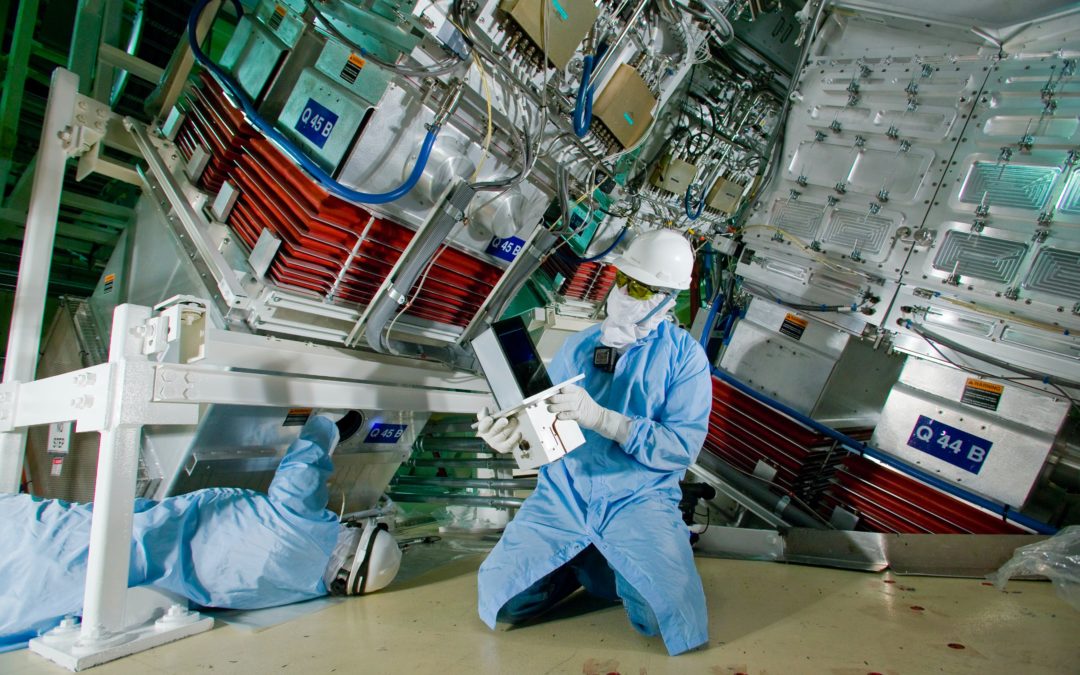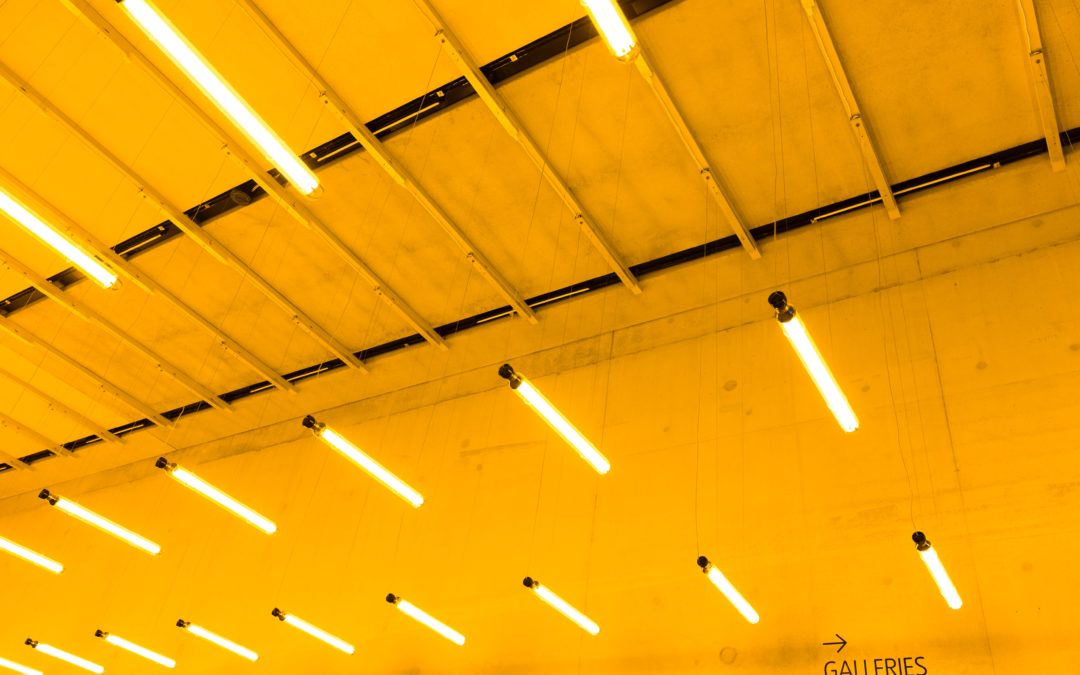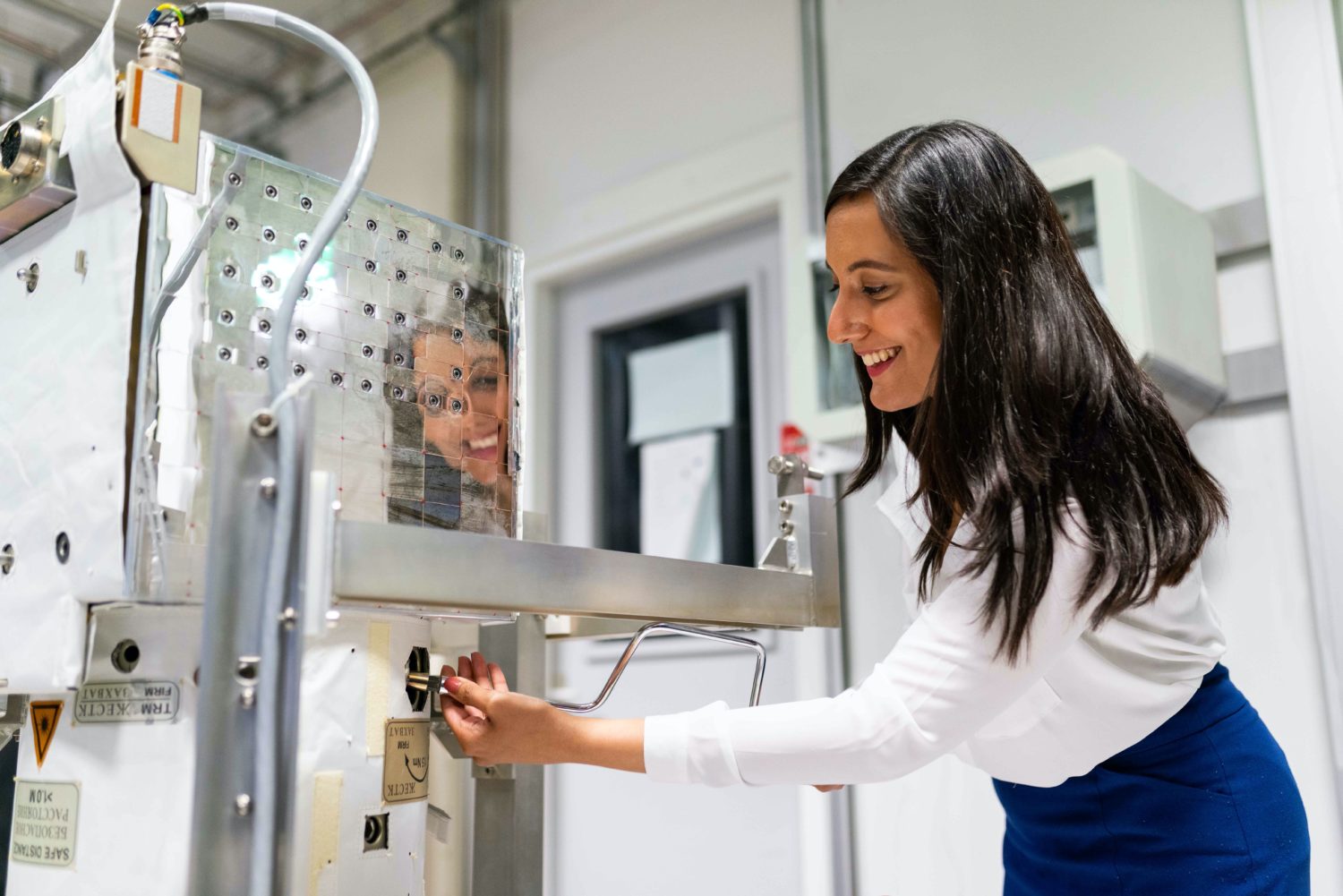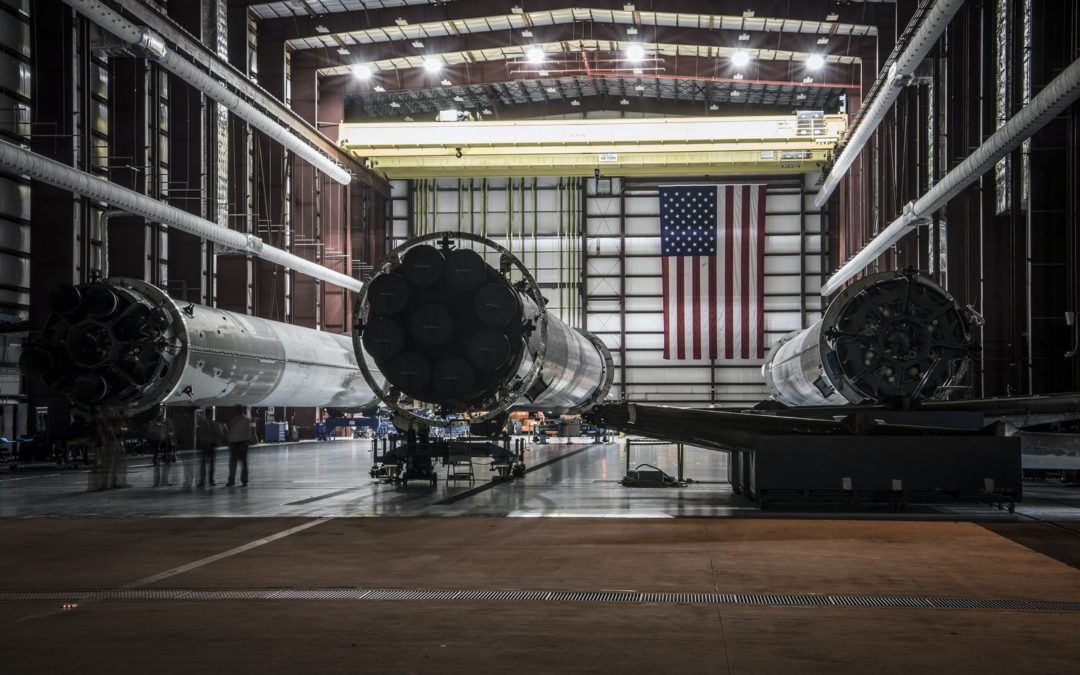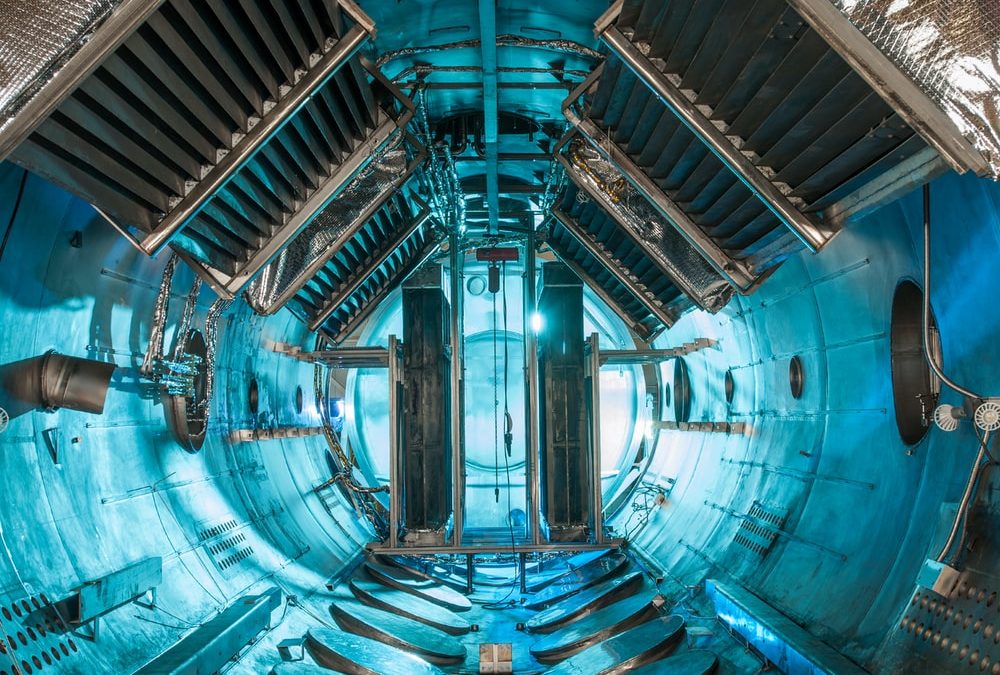
Understanding Aerospace & Defense Cleanroom Classifications
Aerospace & Defense cleanroom classifications regulate a cleanroom’s degree of cleanliness and are defined by the allowed amount of contamination by particle count and size, as well as the necessary air change rates depending on the cleanroom’s classification level. Aerospace and defense cleanrooms are typically regulated by the classification standards of two major organizations: The International Standards Organization (ISO) and the American Society for Testing and Materials (ASTM).
ISO Cleanroom Classifications for Aerospace and Defense Cleanrooms
The International Standards Organization developed the set of standards by which all cleanroom industries and applications must follow. ISO 14644-1 outlines the requirements for all cleanroom environments.
ISO 14644-1
ISO 14644-1 describes cleanroom cleanliness levels in terms of Classes 1-9, where Class 9 is equivalent to the cleanliness of room air and Class 1 represents the cleanest possible cleanroom environment. As the classification number falls, cleanrooms must comply with stricter standards to reach a cleaner, more controlled environment. The majority of aerospace and defense cleanrooms fall within ISO Classes 7-8, although some sensitive applications, such as the development of microchips or sensors may be governed by stricter classifications.
Understanding ISO Aerospace Cleanroom Classifications
ISO 14644-1 outlines cleanliness standards for aerospace and defense cleanrooms by determining the allowed contamination levels in each ISO class in terms of air particle size and count, air change rates or airflow velocity, and percentage of ceiling coverage for filtration.
- Particle Count: Particle count refers to the number of particles of a certain size per cubic meter. Stricter ISO classes allow fewer particles, and also restrict the size of those particles.
- Air Change Rate: The air change rate at is how quickly air is removed, filtered, and replaced within your cleanroom.
- Ceiling Coverage: Ceiling coverage refers to the percentage of ceiling coverage for HEPA filter/fan units, or FFUs.
Understanding the way these elements affect the cleanliness of your facility is the key to designing a successful cleanroom.
ASTM Standards for Aerospace & Defense Cleanrooms
American Society for Testing and Materials (ASTM) has also developed a set of International Standards, which test the cleanroom’s ability to limit contamination through the restriction of allowed particles in the cleanroom environment. They also deal with the more technical aspects of aerospace and defense applications, including the cleanroom’s ability to control mechanical, thermal, chemical, and electrical properties within the controlled environment.
Aerospace cleanrooms must comply with ASTM relevant to their application and use of materials. This could include regulation for the handling and disposal of combustible fuels, static control systems, and even processes for parts manufacturing. More extreme standards apply for highly sensitive applications, where airborne particle concentrations must be strictly controlled such as in the development of spacecraft hardware, fine electronics, or optical devices.
Blending Aerospace Cleanroom Classification Standards
Some aerospace and defense cleanrooms must be able to comply with different classifications for the different tasks or projects, or different stages within the same project, such as from manufacturing to assembly to packaging.
Aerospace and defense cleanrooms need to be able to adapt to the circumstances of your work, and have everything necessary to evolve with project requirements and keep products and workers safe. This includes highly specific control over environmental factors and filtration needs, monitoring equipment to maintain strict particle count and temperature ranges, and proper solutions for supporting or storing equipment to effectively utilize the facility’s space.
Aerospace and Defense Cleanroom Design
Aerospace and defense cleanrooms require active filtration and complete control over temperature and humidity, as well as other environmental factors. The cleanroom design should address the three main areas of concern to reach strict aerospace cleanroom classifications:
- Particle count: Aerospace cleanroom design should include a special airflow pattern that makes use of filters in the most efficient and effective way possible to trap and remove particles, and replace the air in the room with air that is fresh and contaminant-free.
- Air change rate: While less stringent aerospace and defense applications may only require an air change rate of 5-48, defense cleanrooms with strict air quality standards may require hundreds of air changes per hour. In these cases, it’s expressed as air velocity, because air is constantly moving as it’s filtered out and replaced.
- Ceiling coverage: The more stringent your aerospace cleanroom classifications, the higher percentage of ceiling coverage required to filter air properly. Ceiling fan coverage is closely related to air change rate, as more FFUs are necessary to complete more air changes.
Modular Cleanroom Design for Aerospace and Defense Cleanrooms
Modular cleanrooms are ideal for the aerospace and defense industries — particularly applications with changing requirements as they can meet the needs of customized spaces, including those with oversized equipment and products. The two main types of cleanrooms used for aerospace and defense applications are HardWall cleanrooms and RigidWall cleanrooms.
- HardWall cleanrooms are the most common type of cleanroom used in aerospace and defense applications, as they offer a high level of control over environmental factors, so they can easily reach with the strictest aerospace cleanroom classifications.
- RigidWall cleanrooms can also provide a suitable environment for aerospace and defense applications and can reach a variety of aerospace cleanroom classifications. They consist of clear panels that can easily be reconfigured as you need to make changes to the layout of your cleanroom, and offer many customization options.
Aerospace and defense cleanroom design should also include a powerful HVAC system as well as cleanroom lighting that integrates seamlessly with modular panels and facilitates proper airflow velocity. Additional features and cleanroom supplies can be added to customize the cleanroom to specific applications. Some of these additions might include air showers, a fire suppression system, laminar flow systems, and industry-specific equipment and furniture.
Aerospace cleanroom classification requirements can be complicated and difficult to reach without the right cleanroom design. When it comes to aerospace cleanroom design, you can trust Angstrom Technology to design, build, and install the best cleanroom for your unique application and classification. To get started, reach out to our professional design team today.

